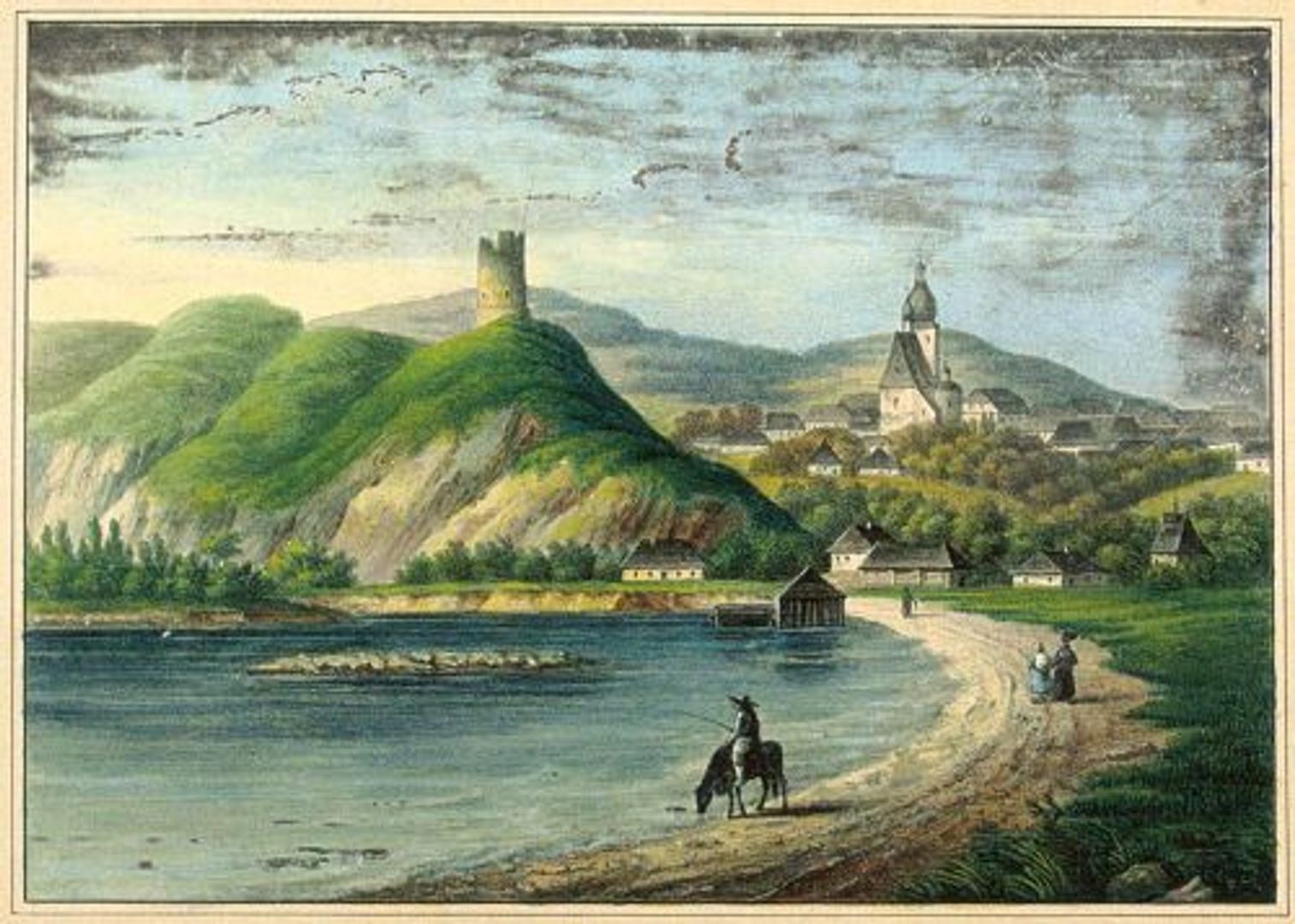Czchów Castle
6.72

Overview
Czchów Castle, built in the 13th–14th centuries, was a strategic fortification situated on a hill overlooking the Dunajec River, intended to control the trade route and serve as a customs checkpoint. The main structure is a cylindrical tower with a diameter of 12.5 meters and a height of approximately 20 meters, surrounded by defensive walls ranging in thickness from 1.2 to 2 meters. The castle also included a residential building and a gate tower, which served as the entrance. The first fortification on this site appeared in the second half of the 13th century in the form of a stone defensive tower surrounded by wooden fortifications. The castle is first mentioned in written sources in 1356 and over the following centuries gained importance as the seat of the Czchów starosts and the location of the district court. In the second half of the 16th century, the castle belonged to the Nowy Sącz County in the Kraków Voivodeship. After being abandoned in the 17th century, the castle began to fall into ruin, and in the 18th century, the preserved tower was converted into a prison, which was closed after the First Partition of Poland in 1772. Today, visitors to the castle grounds can see the partially ruined tower and the exposed foundations of the walls. The ruins of Czchów Castle have inspired artists, including Maciej Bogusz Stęczyński and Adam Gorczyński, who immortalized them in their works. Czchów Castle is not only a valuable historical site but also a place of immense cultural significance, bearing witness to the former life and defensive architecture of the region.
Location
2025 Wizytor | All Rights Reserved